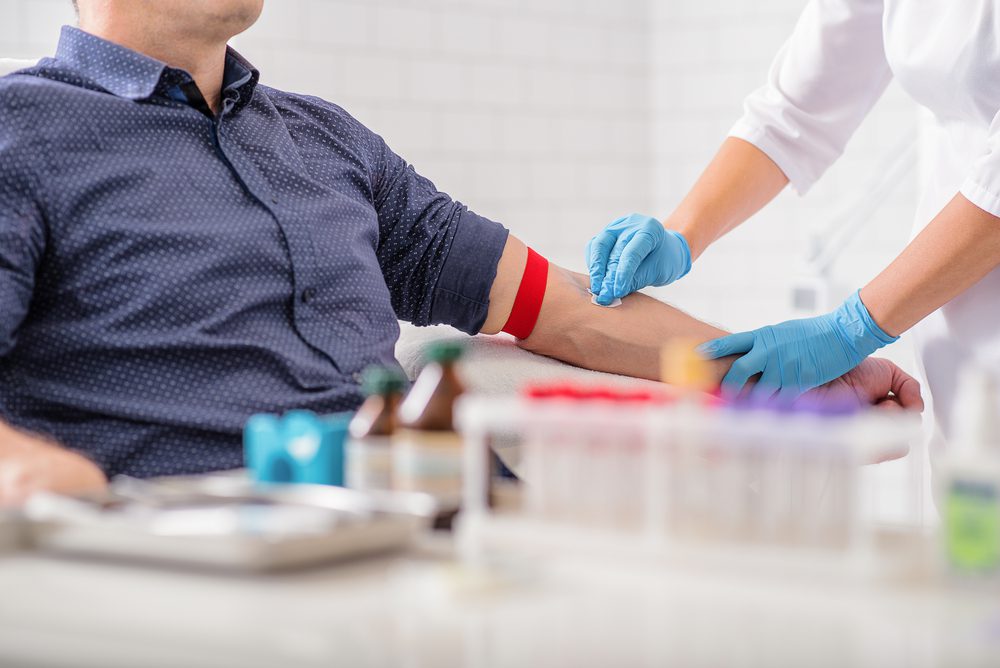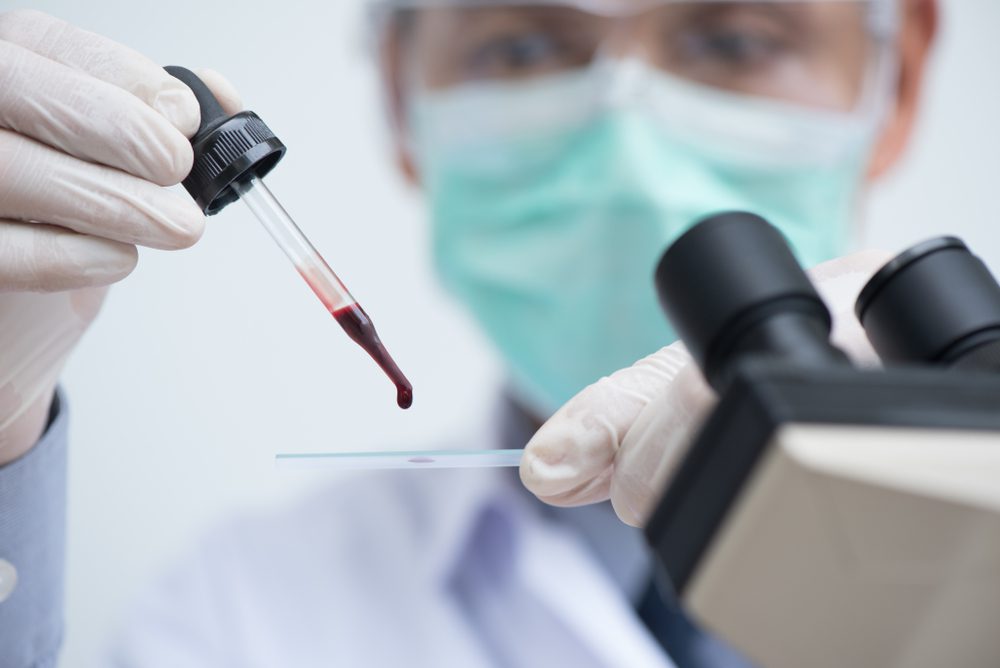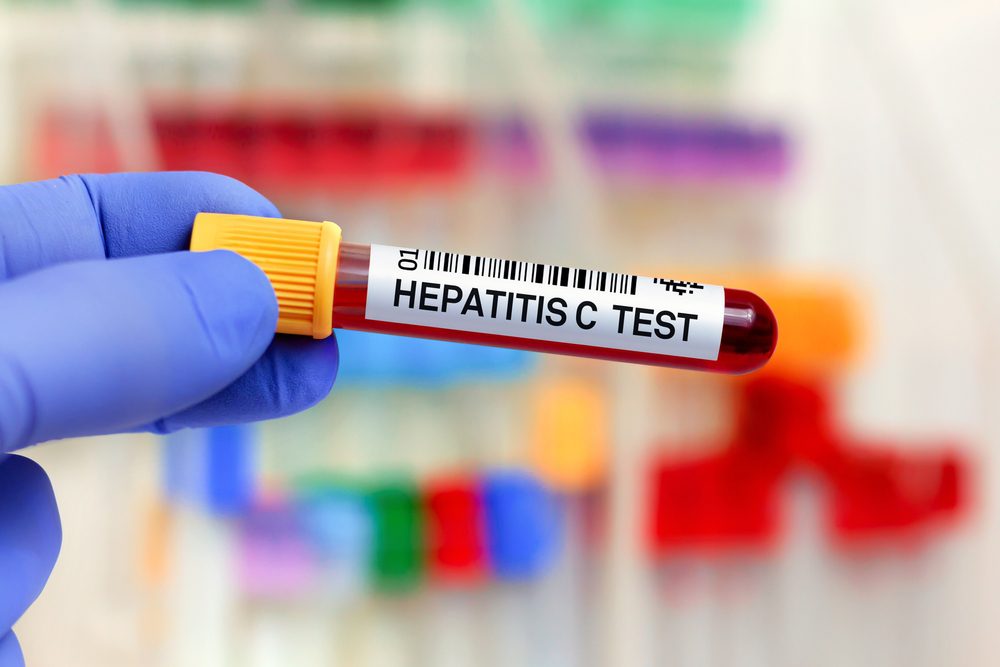A baseline blood sample is the complete blood count, also known as the CBC, that counts your white and red blood cells and measures your hemoglobin levels and other blood components. Routine blood tests are critical to identifying health issues early and helping doctors make appropriate treatment interventions.
That’s why care providers recommend getting a blood sample at least once a year as part of the annual health checkup we all should do. Blood tests provide information about body changes and their impact on your overall well-being, even when you have no symptoms.
There are many different blood tests. Some tests evaluate substances in your blood, such as proteins, hormones, and electrolytes. Some focus on your platelets and blood cells. Others measure certain minerals in your blood.

When would I need to have a blood test?
Your blood plays a key role in your health and contains a lot of information about whatever may be going on in your body. That’s one of the main reasons why blood tests are part of a common medical examination. But besides a regular health checkup, what are other reasons for which you may need to have a blood sample tested?
Your doctor may recommend screening tests, which are done before you have any symptoms, if you’re at high risk of developing certain conditions. For instance, if you’re at risk of developing a cardiovascular disease, your doctor may need some extra blood samples to evaluate that risk.
You should also get a blood sample when you don’t feel well. If you experience certain symptoms, your doctor may order blood tests to see what’s causing them. For instance, if you have symptoms that may indicate a vitamin deficiency, your doctor will order a blood test.
If you have a certain medical condition that occurs when certain genes change, your doctor will also order a blood sample. Depending on your situation, your platelets and blood cells may show information about the specific changes. Determining which changes mutated may help your doctor plan your treatment.
Another reason you’d need to have a blood test is when you’re getting treatment for a medical condition. Your doctor may need regular blood samples to see if treatment is working.

What diseases can you identify through blood testing?
In 2020, most of us learned that oral or nasal swab testing can reveal an active infection from a virus, such as SARS-CoV-2 or the coronavirus. We also learned that blood testing can also determine if you have developed antibodies against the virus after recovering from the illness caused by the coronavirus.
But there are also some deadly diseases you can identify by having a blood sample taken. It’s pretty awesome that we get to do that nowadays; doctors a hundred years ago could only dream about it.
Let’s see which serious diseases you can detect by taking a blood test!
1. Cancer
If your care provider suspects you have cancer, they will order a series of tests, including a blood test. Apart from blood cancer, blood samples alone can’t be used to identify cancer. The tests only show cancerous cells, proteins, or other substances.
Blood tests for cancer fall into four main categories: complete blood count, blood protein testing, circulating tumor tests, and tumor markers. CBC, circulating tumor tests, and tumor markers may help detect some solid tumors. Blood in your pee (urine) or poop (stool) may also be a sign of cancer.
The circulating tumor test is a relatively new innovation in human medicine. This test can detect cancerous cells that have broken free from a tumor and are spreading into your bloodstream. Currently, it can help look for certain types of cancer, such as prostate, colorectal, and breast cancers. Scientists are still developing the technology.
Coping with a cancer diagnosis can be hard. Here’s a cancer patient’s guide that can help you stay positive and hope everything is going to be fine.
2. Heart disease
When something affects your heart muscles, the heart releases certain proteins and substances into the circulatory system. Blood tests are performed to check the levels of these substances in the blood and can show the extent of the damage.
Having a blood sample taken for this purpose is especially important if you’re at a higher risk of developing cardiovascular disease.
The most common blood test used to detect heart disease is the cholesterol test, which shows the number of fats circulating in the blood and the odds of developing heart disease.
A blood test can also be performed to measure the triglyceride level, another way to identify a patient’s risk of getting heart disease at some point. Triglyceride levels within healthy ranges should be less than 150 mg/dl. What goes past this number indicates your body is accumulating more calories than it burns.

3. Hepatitis C
Hepatitis C is a serious disease caused by a virus called the Hepatitis C virus that affects the liver. There are two other common hepatitis viruses, A and B, which differ somewhat from C in the way they are spread and treated.
According to the latest data provided by the Centers for Disease Control, an estimated 2.7 million people in the US have chronic Hepatitis C infection (HCV). Because this infection usually shows no signs or very mild symptoms during the early stages, many people don’t know they got infected until liver damage shows up—in some cases decades later—during routine medical tests.
A blood sample is used to determine if a person has hepatitis C. The test, which is known as the HCV antibody test, looks for Hepatitis C virus antibodies in the blood. Other tests that can detect this infectious disease include the HCV genotype test and the HCV RNA test.
4. HIV and AIDS
According to the latest estimates from the Centers for Disease Control and Prevention, there are about 34,000 HIV diagnoses every year in the US. One thing that’s worth mentioning is that annual infections in our country have been reduced by over two-thirds since the peak of the pandemic in the mid-1980s.
Some people may have had HIV for some time without even knowing it, so the year they’re diagnosed may not be the same as the year they got infected with the AIDS virus. There are several tests that can detect the virus, and care providers can do that by simply taking a blood sample.
There’s the antibody screening test, which looks for the presence of a protein that the body produces 2–8 weeks after HIV infection. It’s called an ELISA test and, according to doctors, is very accurate.
Another blood test that can detect the HIV virus is the antigen combination test, which can check for it earlier than the antibody test. It’s used to look for an HIV antigen protein called p24, which your body produces 2-4 weeks after infection. The antigen combination test also indicated if the body had developed HIV antibodies.
A third type of blood test that detects HIV is the nucleic acid test. Also known as the RNA test, it is used to look for the virus 10 days after exposure. The care provider orders a blood sample for this test if you’ve experienced flu-like symptoms or have a high risk of getting infected.
Remember that having a blood sample tested is one of the easiest ways to identify health issues, so make sure you do your annual checkup.
You may also want to read 6 Shocking Things Stress Does to Your Body, According to Science.














